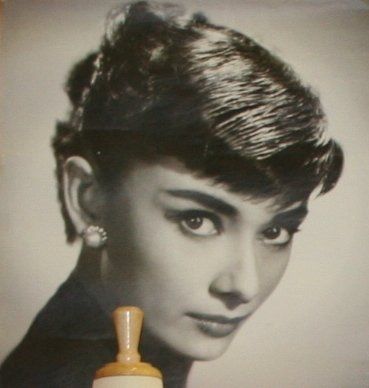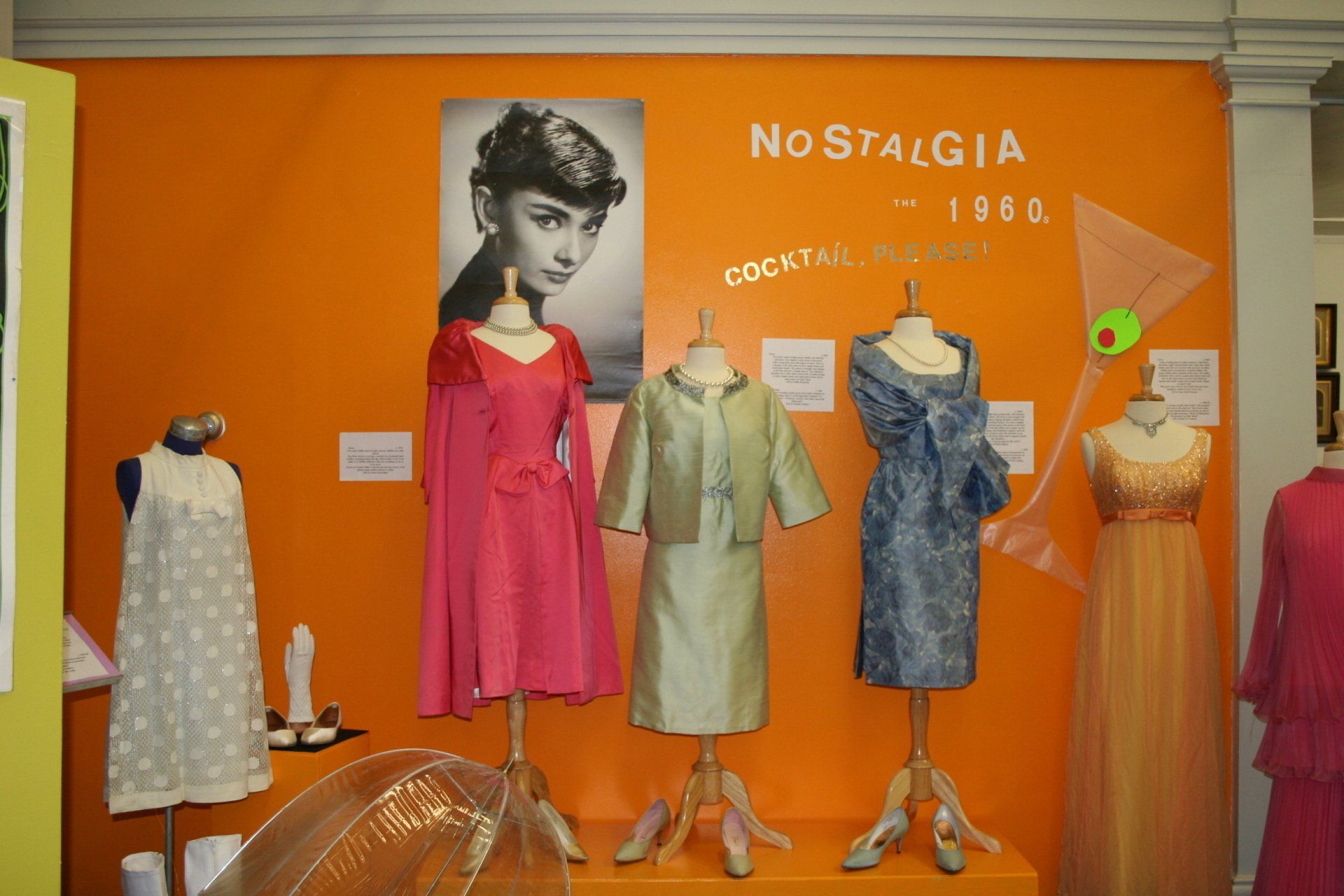Nolstagia - The 1960s


Local Newspaper articles
[ Click on the hyperlink to read the full article ]
Clarkson receives grant for computing Center, Courier Freeman, Thursday, Sept. 28, 1961 - Clarkson College of technology has received a $24,000 grant from the National Science Foundation for use in establishing a computing center...
Fire at Diner Send Tenants Into The Streets, Courier Freeman, Thursday, Sept. 28, 1961 - An early morning fire in the block housing Jessie's Restaurant on Maple Street, caused 18 people to flee the building...
Police Beat..Nothing New in Kinney's Break-in, Courier Freeman, Thursday, Sept. 28, 1961 - Potsdam Police Department have no new leads on the Kinney Rexall Drug Store burglary, one week old today...
Annual Potsdam Museum Meeting, Courier Freeman, Thursday Oct. 3, 1963 - The annual meeting of the Potsdam Public Museum will be held Monday evening, Oct. 14 at 7:45 p.m. in the museum, Elm and Park Street...
Local man, Richard Beeler, Joins Peace Corps., Courier Freeman, Thursday, Oct. 3, 1963 - Richard M. Beeler, 6 Hamilton St., is one of 33 new Peace Corps volunteers who have recently arrived in India...
College Students show Concern, Perception of Civil Rights Issue, Courier Freeman, Thursday, Oct. 3, 1963 -The five people seen in the picture above are championing a cause. The sign in back of them denotes their organization and expressions on their faces denote their seriousness of purpose...
North Country Kitchen..by Elizabeth Isenburg, Home Economist, Courier Freeman, Thursday, Feb. 25, 1965 - How versatile are you in the kitchen? Do you ever substitute cottage cheese for cream cheese in cheese cake...
The History of Barbie Dolls
Ruth Handler invented the Barbie Doll in 1959.
By Mary Bellis, About.com Guide
The Barbie doll was invented in 1959 by Ruth Handler (co-founder of Mattel), whose own daughter was called Barbara. Barbie was introduced to the world at the American Toy Fair in New York City. Barbie's job was teenage fashion doll. The Ken doll was named after Ruth's son and was introduced two years after Barbie in 1961.
The full name of the first doll was Barbie Millicent Roberts, from Willows, Wisconsin. Barbie's job was that of teenage fashion model. However, the doll has been made in versions connected to over 125 different careers.
The first Barbie was sold for $3. Additional clothing based on the latest runway trends from Paris were sold, costing from $1 to $5. In the first year (1959), 300,000 Barbie dolls were sold. Today, a mint condition "#1" (1959 Barbie doll) can fetch as much as $27,450. To date, over 70 fashion designers have made clothes for Mattel, using over 105 million yards of fabric.
There has been some controversy over Barbie Doll's figure when it was realized that if Barbie was a real person her measurements would be an impossible 36-18-38. Barbie's "real" measurements are 5 inches (bust), 3 ¼ inches (waist), 5 3/16 inches (hips). Her weight is 7 ¼ ounces, and her height is 11.5 inches tall.
In 1965, Barbie first had bendable legs, and eyes that open and shut. In 1967, a Twist 'N Turn Barbie was released that had a moveable body that twisted at the waist.
The “Jackie look” was created by designer Oleg Cassini who was Jackie’s sole couturier. He created 300 elegant outfits for her including her Inauguration Day outfit. It consisted of a “pill box hat and fawn-colored wool coat with a sable collar over a matching wool dress” (Sullivan, Patricia. Washington Post. March 19, 2006, p. C07). Woman around the globe rushed to find copies of this ensemble and everything else designed by Cassini.
In an interview, Cassini commented, “Many years ago, I did a fur coat for Jackie Kennedy. I suggested leopard to her. She loved the idea because those kinds of looks had not been seen for a long time.” Soon, leopard fur was in high demand as Jackie’s coat created a fashion craze. Women who could afford to buy the coat were soon seen wearing them to dinner, the theatre, and other places. In 1964, Jackie was spotted wearing hers while shopping in New York City. Women accessorized their coats with matching bags and hats. Over 250,000 leopards were hunted and killed as women purchased their copy of Jackie’s coat.
Cassini was appalled that his creation almost wiped out an entire species. Since then, he has worked to destroy the fur market he helped create. “I will do my best to redeem myself. St. Francis of Assisi has always been an inspiration to me,” commented Cassini (Sullivan). He has since developed a line of faux furs to provide the public with more humane and inexpensive alternatives. He is responsible for the development of Evolutionary Fur. This synthetic fiber is durable, easy to maintain, and requires no special storage during hot and humid months. During a recent meeting of the National Press Club in Washington, DC, Cassini said: “Is it possible to allow millions of creatures to suffer the way they do? Because it is not death that is frightening, the frightening thing is the way they die. The motto is don’t dress to kill.”



































